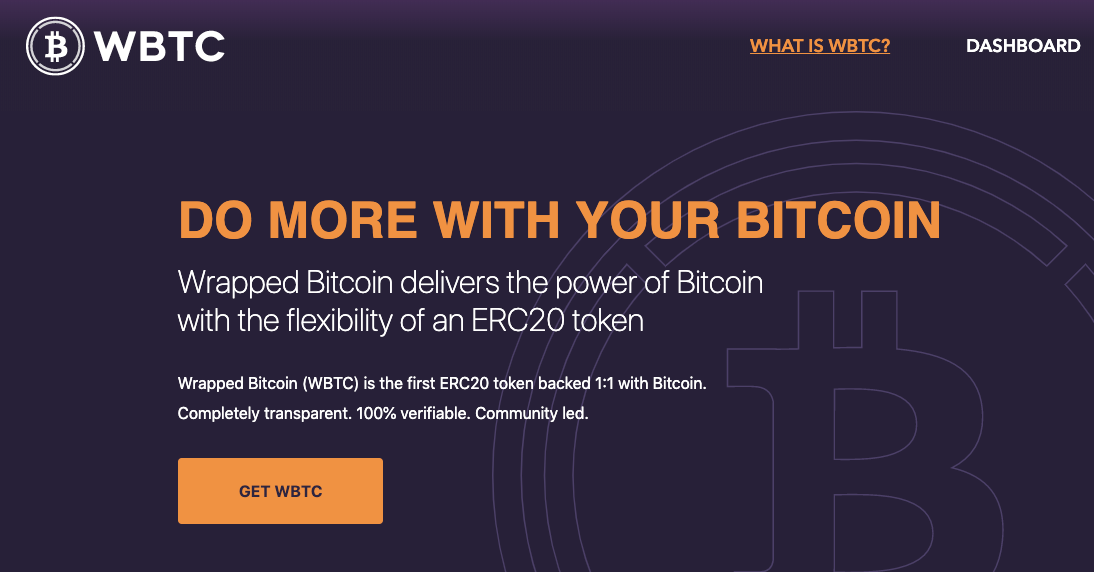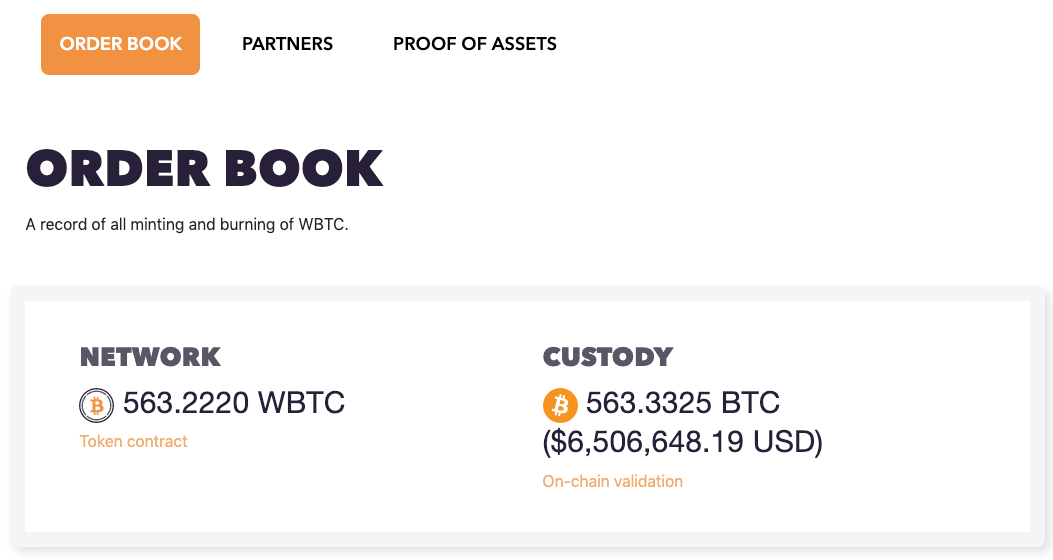Benedict Chan, CTO of BitGo talks about origins of WBTC, delivering trust in digital assets and exploring the depth of the programmable ecosystem.
Hello! What’s your background, and what are you working on?
My name is Benedict Chan, and I’m the CTO at BitGo. BitGo is a digital asset financial services company that provides institutional investors with security, custody, and liquidity services. We do about 15% of on-chain volume (BTC) and about $15b each month. In 2018, we launched BitGo Trust Company, the first qualified custodian purpose-built for digital assets.
I learned about Bitcoin in 2012 from a close friend when I arrived in the SF Bay Area. At that time, I was working as a developer for Microsoft. The cryptocurrency space was small, and everyone was interested in building on it. I thought money was one of the last unsolved applications of software engineering. In my spare time, I enjoyed attending hackathons and often found myself gravitating back to ideas related to bitcoin/blockchain (not yet quite a word at that time!) usage, like micropayments and trustless escrow. I loved mashing these together with other emerging technologies like IoT and bots.
After the infamous MtGox hack in 2013 and the rippling effects on the industry, I set out to try and solve the problem of security at exchanges. Around this time, I met Mike Belshe (CEO of BitGo) and decided to take the jump and work in the space full time. I remember feeling very fulfilled when we were able to successfully help Bitstamp run their hot wallet on multi-sig in a scalable and secure manner. Since then, a lot has happened at BitGo. We’ve worked on everything from proof of reserves, cold storage, better 2fa methods, policies, and trustless backup key recovery services and BitGo Trust Company.
Our mission has evolved from securing the world’s Bitcoin to delivering trust in digital assets. We foresee a world where digital assets drive the global economy, and I am proud to be a part of an awesome team working together to make that happen!
I got to know Loi Luu the CEO of Kyber, a DEX, when he was working on his Ph.D. (near the BitGo office), so when Kyber reached out about building a Bitcoin ERC20 token, I was interested. I think BitGo was in a unique position to play our part in WBTC because of our experience in custodianship, security, and technical knowledge in building crypto platforms. Together, we reached out to other projects in the DeFi space, and we’re very encouraged by their feedback and level of enthusiasm about WBTC. We started to really see the depth of the programmable ecosystem when use cases from trading to insurance, collateralization, and leverage emerged.
What’s the backstory for WBTC?
Ethereum is the world’s largest smart contract platform, and we’ve been excited about it because it allows us to harness the collective consensus (blockchain) to power contracts in a decentralized manner. However, as many people have discussed over the years, the blockchain is only as powerful as what it can understand and the data that is available to it. Identity and a stable unit of value have been some of the largest parts of the infrastructure needed for a platform like this to succeed. Over the past few years, we’ve seen this improve, and we now have several stablecoins that are generally trusted by the community (as evidenced by their use within DeFi and DEXes).
What I love about Ethereum is how interoperable the ecosystem can be (there are thousands of ERC20 tokens out there that work across a large ecosystem of DAPPs). At the same time, for all the thousands of ERC20s on the chain we have today, there wasn’t one for Bitcoin. This meant that there was no way to represent Bitcoin in DAPPs/DEX trading pairs.

What went into building WBTC?
WBTC is not a product that we were building for money; it’s infrastructure for the Ethereum ecosystem. A lot of work went into building the relationships and getting everyone involved and represented. Then, after getting everyone on-board, we had to make sure that the governance of the DAO is built in such a way that represents everyone. This decentralized collaboration around issuance is a relatively new idea, and we’re still discovering more about the dynamics of decentralized governance today. Last month, we had our first DAO vote and were able to test the process by adding new DAO members and merchants to the consortium, and that was a really great accomplishment.
From a technical perspective, there were several components to build: a token contract which had multi-party issuance and redemption; a DAO, tooling, and processes around securing keys; token support on our multi-asset wallet platform; and so on. Together with Kyber, we had the contract validated/audited and reviewed by multiple people, a great joint collaboration.

One thing that I’m really proud of is the website for the project, wbtc.network. Members of the community can use the dashboard there to validate the total amount of WBTC issued, and verify by proof of reserve on the Bitcoin chain that every Bitcoin stored by the custodian corresponds to the total outstanding WBTC. I think this is the first time that this level of transparency has been possible because both assets are backed on blockchains. With WBTC, we have made a lot of progress in understanding and accepting digital assets.
What’s your business model, and who are the competitors?
The beauty of this project is that now that it’s built, the DeFi community members can take a stab at creating their own business model and use cases around WBTC. Decentralized exchanges were the first to figure this out, and now we are seeing more sophisticated finance apps building their ecosystems around WBTC.
We all felt that WBTC was a much-needed infrastructure piece that we were uniquely able to provide. Through this process, we gained the ability to tokenize assets transparently, and we plan on applying this knowledge going forward to other projects.
There are other interesting projects in the space. Binance recently started a 1:1 backed bitcoin token on their chain, and we see this as a valuable project. What is critical, however is that these initiatives cannot be isolated from the community. We need projects that are open to the wider DeFi community, and that’s what we have been working to achieve with WBTC.
What are your goals for the future?
I think as the liquidity of WBTC increases, more projects are now comfortable with incorporating WBTC in their platforms. And that’s our biggest goal with this project, to see more adoption in the DeFi space. For example, Compound just announced integration of WBTC this week, driven by community vote. They now allow users to earn interest on WBTC or borrow it.
Our culture and approach at BitGo has always been to build infrastructure and platforms to help drive the global economy. I think that WBTC was the first wrapped token, but it doesn’t have to be only one. Other great coins are also disconnected from the Ethereum ecosystem the same way Bitcoin was, and the wrapped tokens project allows us to bring them into the ecosystem.
What are your future thoughts for the DeFi market?
The DeFi space is in its very early stages. We are just beginning to transition from hype to reality, which means actually building products that provide real value and are easy to work with. I am extremely excited - the infrastructure has been building for some time, and I’ve already started seeing applications like Nuo.network, Kyber, Compound and Set protocol that all provide on-chain product without compromising on the user experience. Next year, I think we’ll be at the point where more mature DAPPs can take advantage of increased interest. This could be via new users from the bull cycle or on-boarded via something like Libra. Great product + immense new users (not just speculators) can only mean a bright future for this space.
Where can we go to learn more?
You can learn about wrapped bitcoin, read the whitepaper, review the order book, or connect with the projects involved at wbtc.network. If you are interested to learn more about what we do at BitGo check out bitgo.com.
You can also follow both WBTC and BitGo on Twitter: @WrappedBTC and @BitGo
